The deep sea holds some of the most fascinating creatures on Earth, many of which have developed the ability to glow in the dark. These bioluminescent animals use their light-producing capabilities for a variety of reasons, including attracting prey, camouflage, or communication. The glow adds an eerie beauty to their mysterious world, far below the ocean’s surface.
Anglerfish
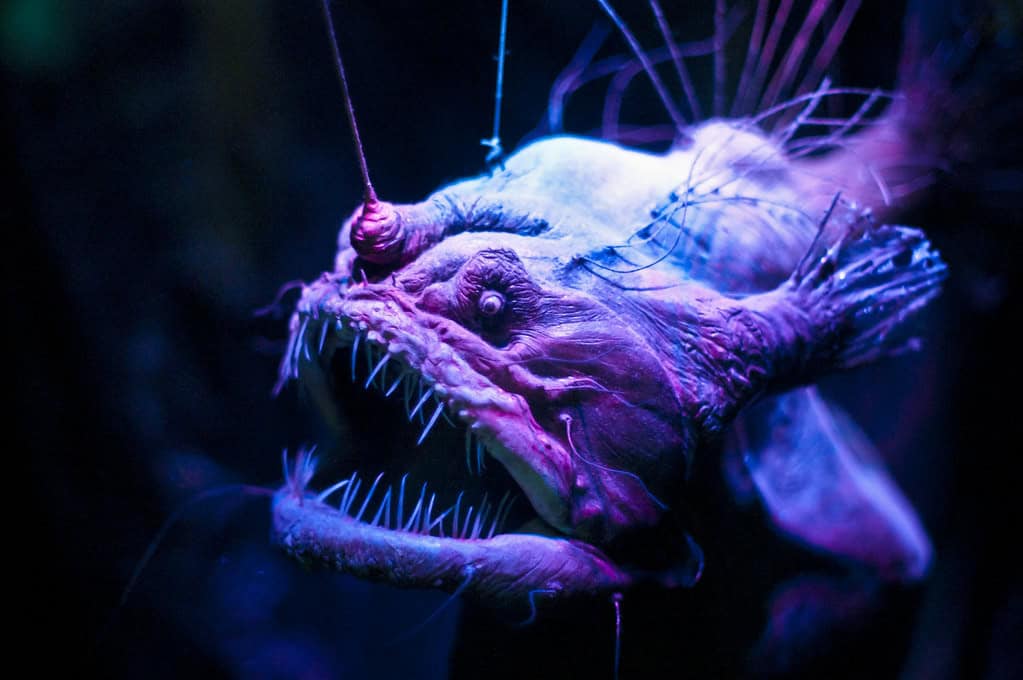
The anglerfish is known for its glowing lure that dangles from its head. It uses this light to attract unsuspecting prey in the dark ocean depths. The small bioluminescent lure mimics the movements of tiny creatures. Once prey comes close, the anglerfish snaps its jaws shut quickly. Its large mouth and sharp teeth make it an efficient predator in the deep sea.
Deep-Sea Dragonfish

The deep-sea dragonfish is a fearsome predator with glowing photophores along its body. It can emit red light, a rare ability in the ocean. This helps it see prey without being detected. Its long, fang-like teeth are perfectly suited for grabbing smaller fish. The dragonfish’s light-producing organs also help it blend in with the dim glow of the deep sea.
Lanternfish
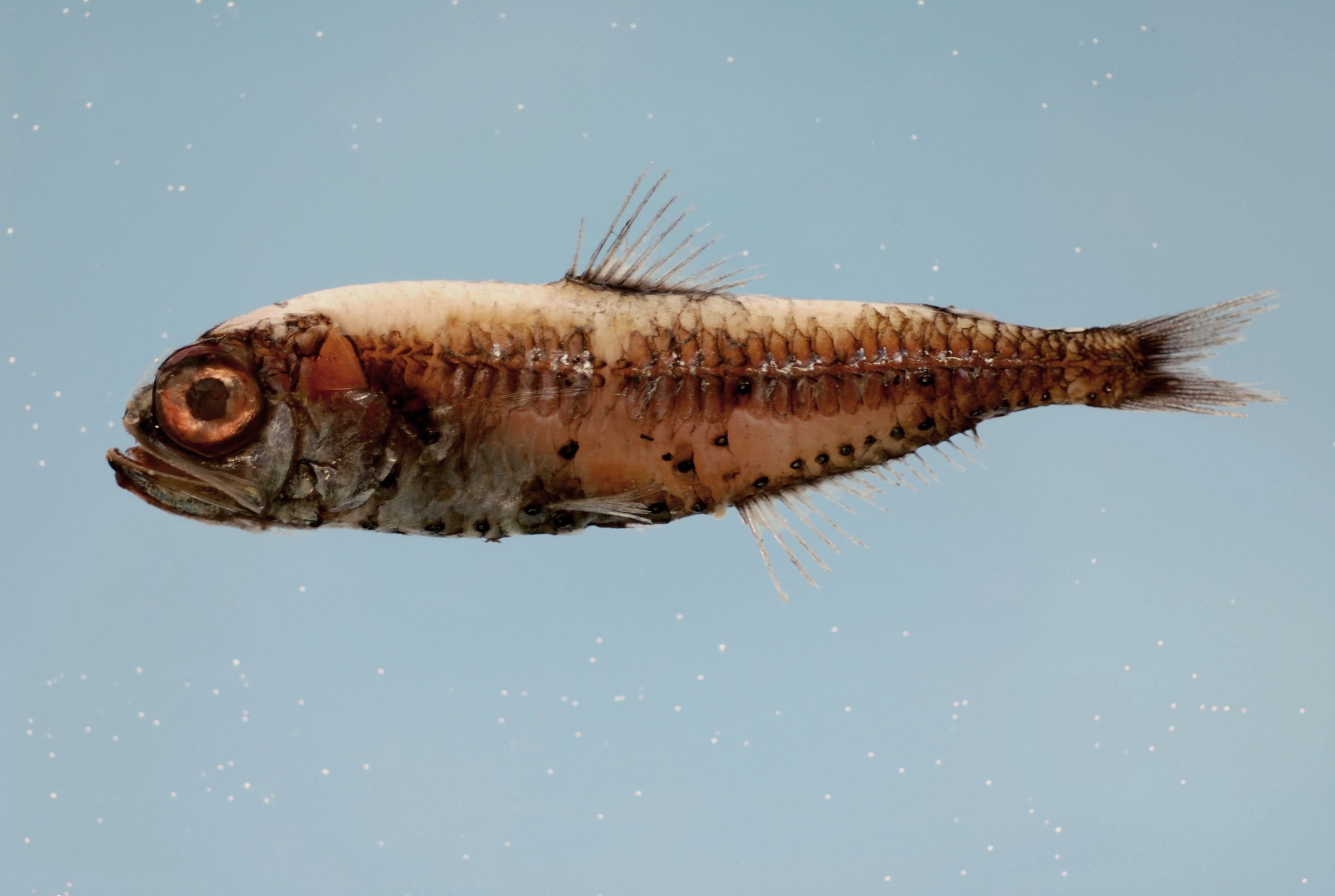
Lanternfish are small but numerous in the ocean, known for the glow they produce from photophores on their bodies. These fish use their light for camouflage in the dark waters. By matching the light coming from above, they become nearly invisible to predators below. Lanternfish are a crucial part of the deep-sea food chain, feeding larger animals like squid and whales.
Crystal Jellyfish
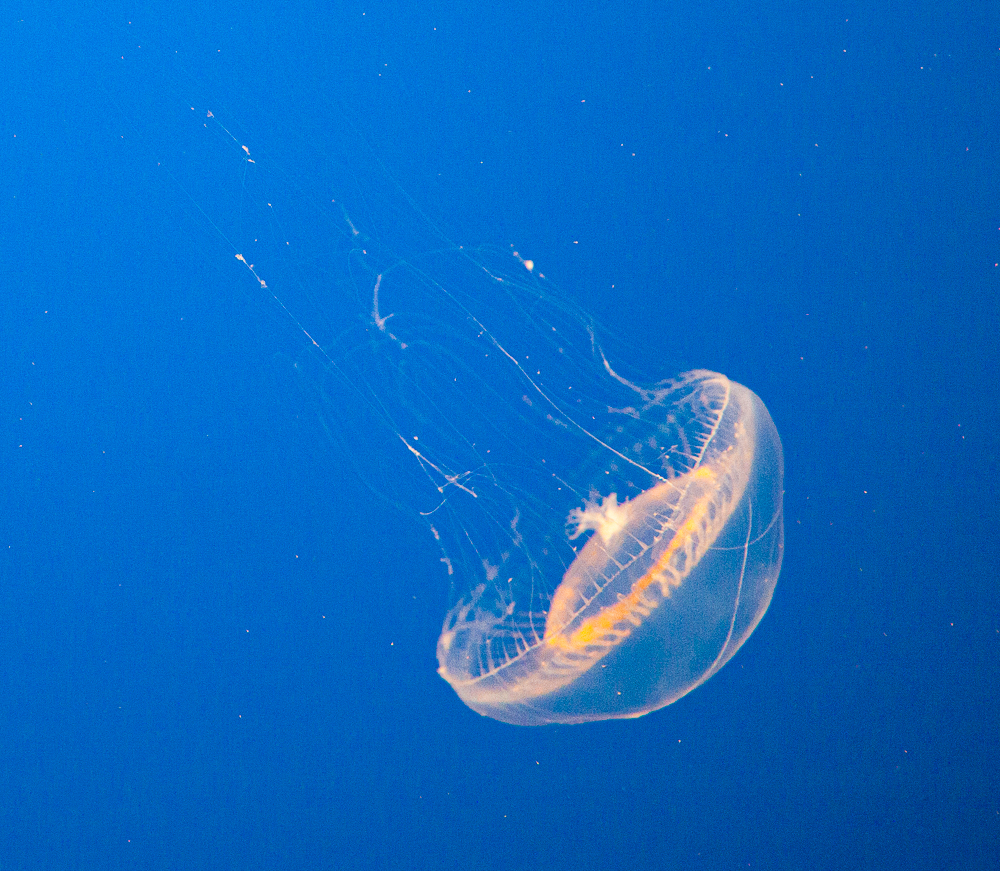
The crystal jellyfish is a delicate and transparent creature that emits a glowing blue light. This glow comes from special proteins that react with calcium. The jellyfish uses this light to startle predators and to communicate with other jellyfish. Its clear body makes it nearly invisible in the water, adding to its otherworldly appearance.
Comb Jelly
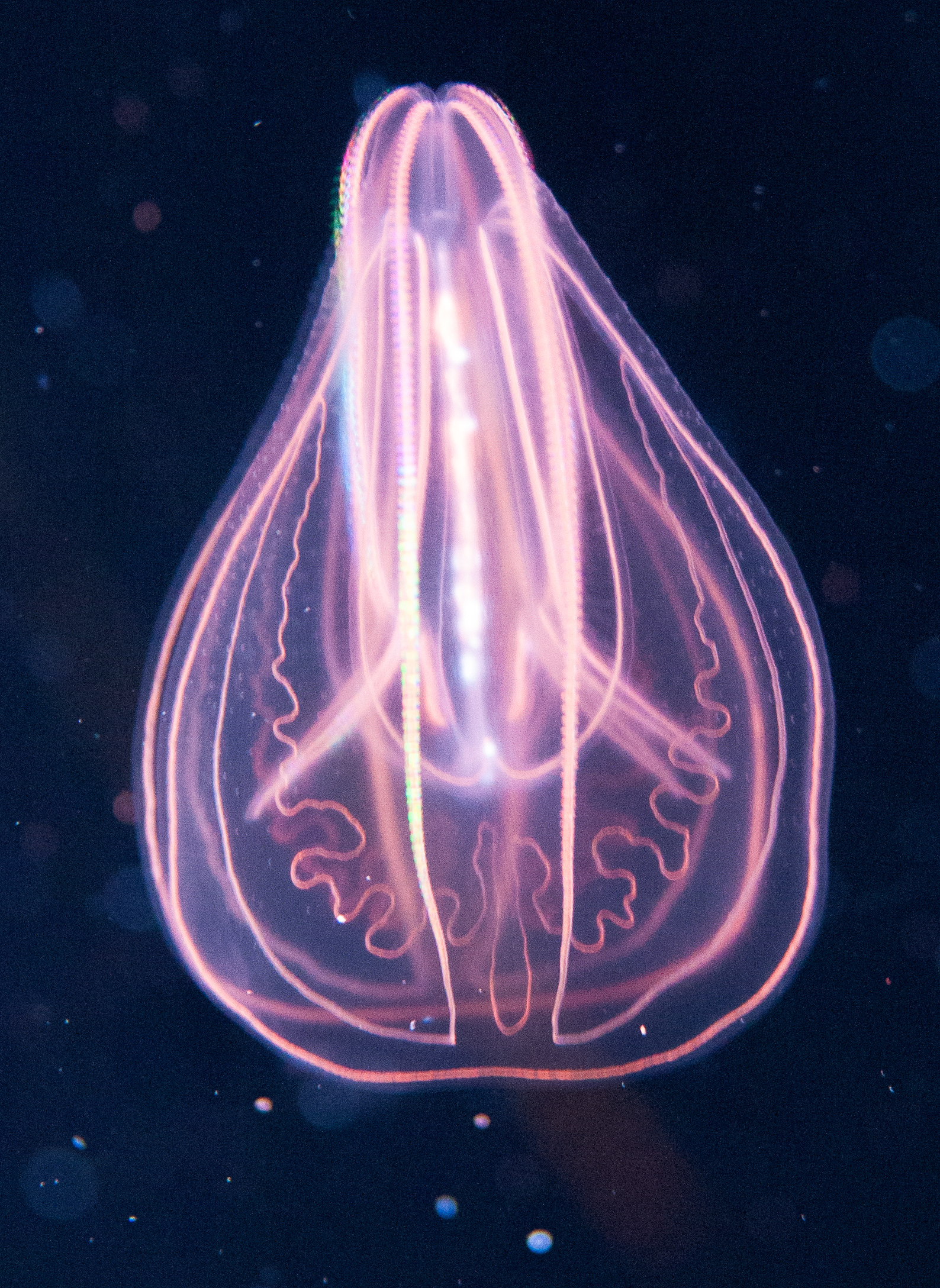
The comb jelly, or ctenophore, is a mesmerizing creature with rows of comb-like cilia that refract light. Though not all comb jellies glow, many species produce bioluminescence in the dark. Their bodies shimmer with waves of light as they move through the water. This glow may serve to confuse predators or attract mates.
Atolla Jellyfish
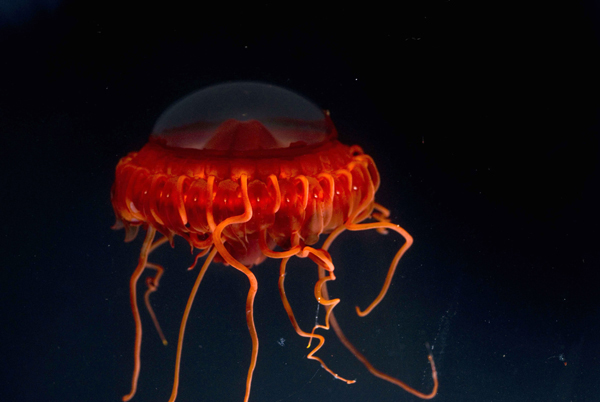
The Atolla jellyfish creates a spectacular light show when threatened. It flashes rapidly in what’s called a “burglar alarm” display. This display is thought to attract larger predators to scare off its attacker. Its deep red body makes it nearly invisible in the depths, but the sudden burst of light is impossible to miss.
Viperfish
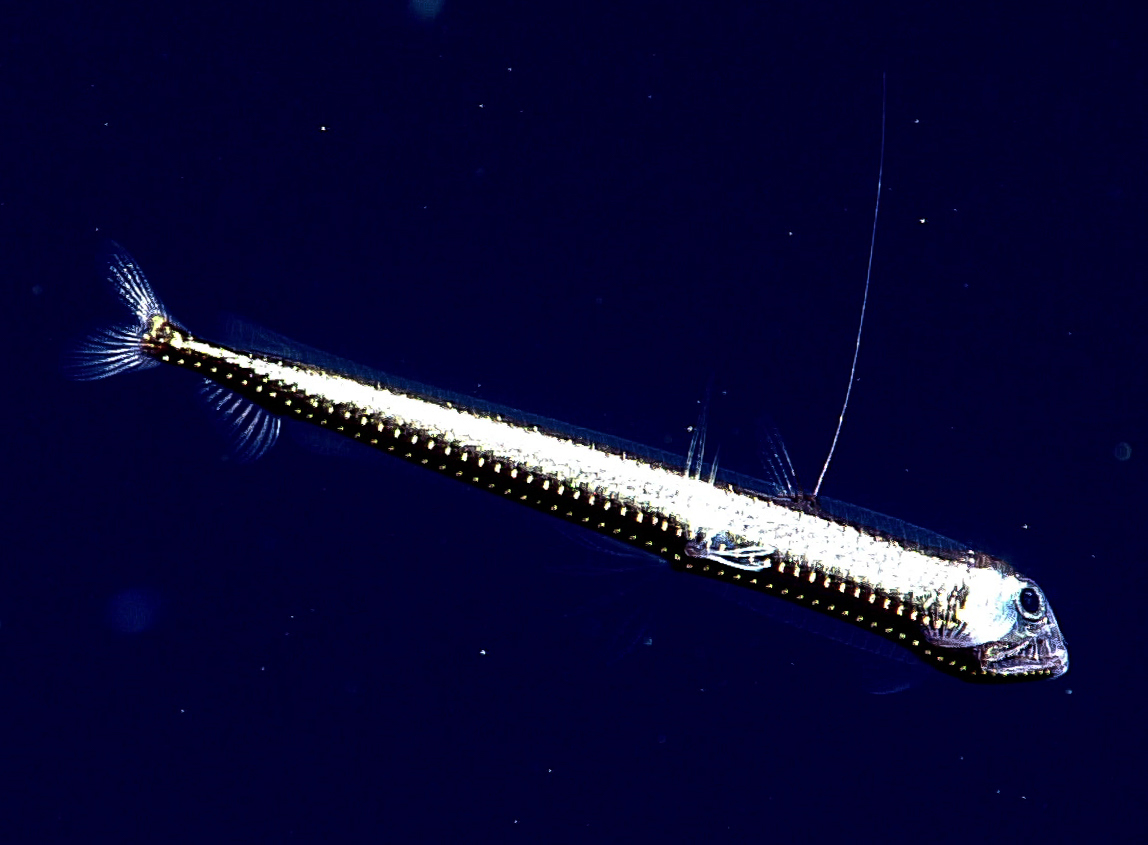
The viperfish has needle-like teeth and glowing photophores on its body. It uses light to lure prey in the pitch-black depths of the ocean. The viperfish can flash its light to confuse or attract smaller fish. Its jaws are large and capable of opening wide to snatch prey quickly. Viperfish are one of the most fearsome predators in the deep sea.
Firefly Squid
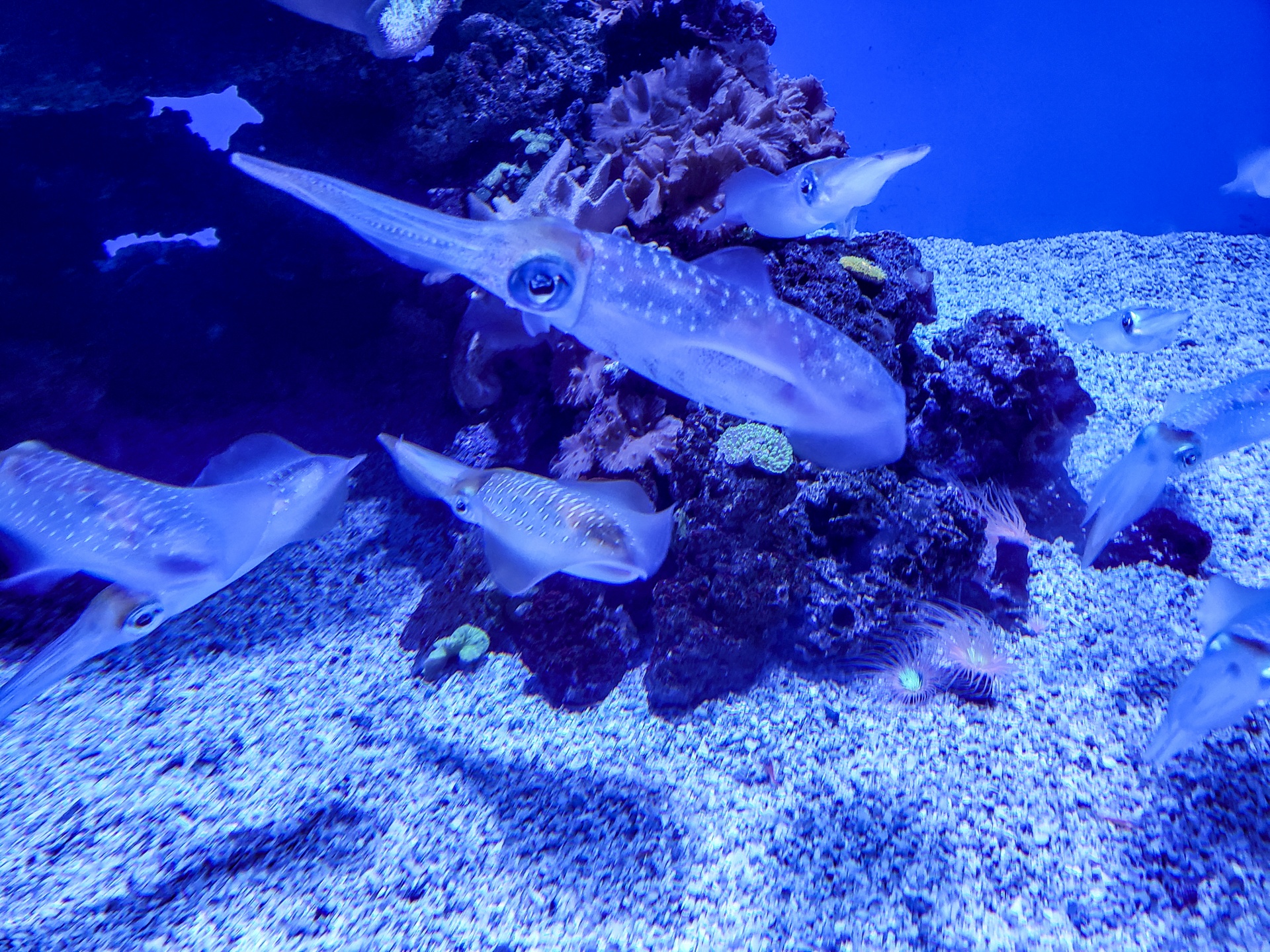
The firefly squid is a small, glowing squid found in the depths of the ocean. Its body is covered with tiny, light-emitting organs called photophores. These photophores can create mesmerizing blue lights. The squid uses this light to communicate and attract prey. During spawning season, they gather in large numbers, lighting up the water like stars in the night sky.
Siphonophore
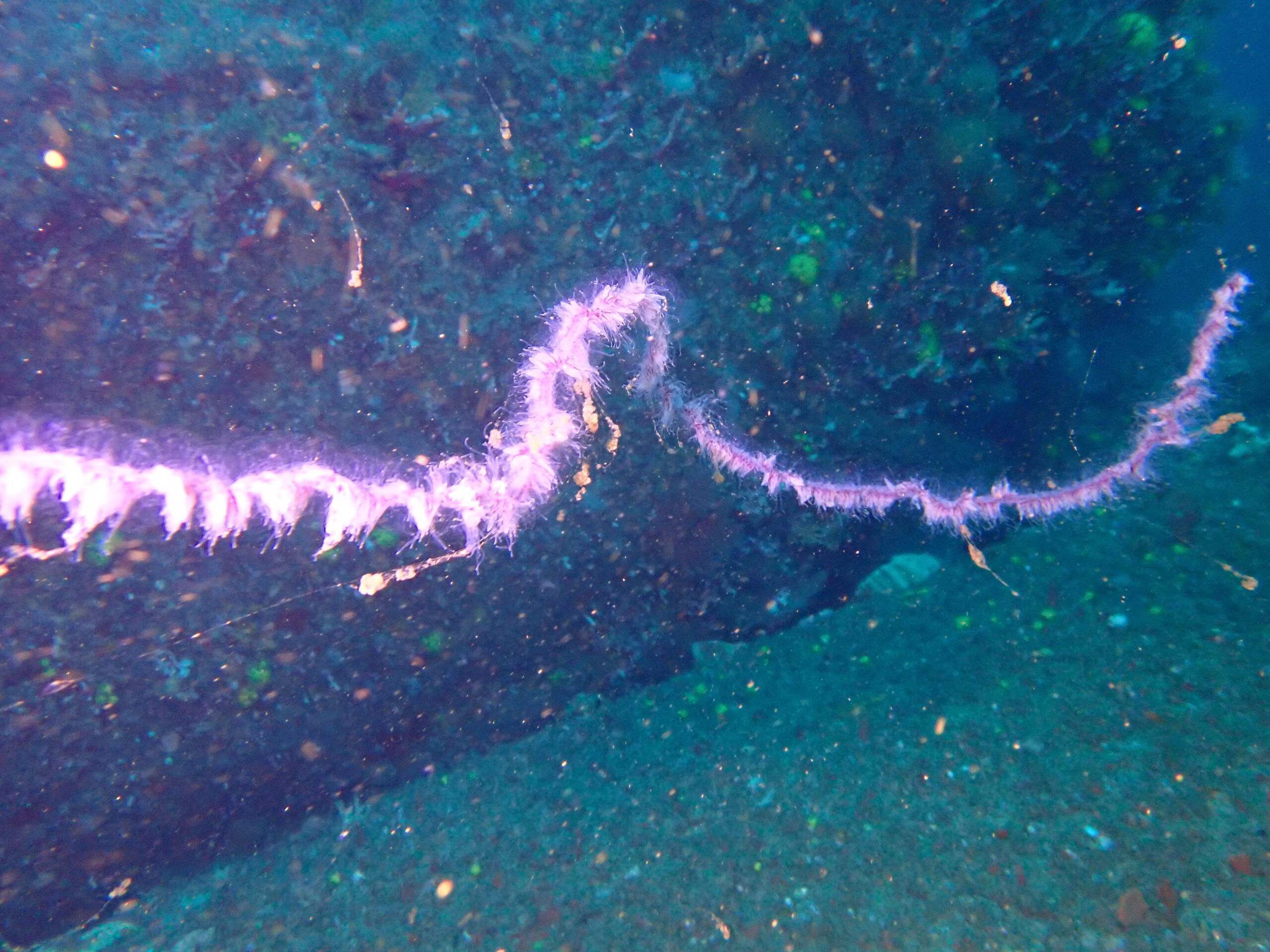
Siphonophores are long, colonial organisms made up of many specialized, glowing parts. These deep-sea creatures can stretch up to several meters in length. They use bioluminescence to attract prey or to deter predators. Each part of their body plays a role in their survival, from feeding to reproduction, creating a fascinating, living chain.
This article originally appeared on Rarest.org.
More from Rarest.org
20 Rare and Uncommon Classic Car Models with Limited Production

Rare and uncommon classic cars have always captured the attention of enthusiasts. Their limited production, unique designs, and fascinating histories make them highly coveted. Read More.
14 High-End Crystal Glassware Brands for Refined Tastes

Crystal glassware elevates any dining experience with its elegance and timeless beauty. High-end brands offer a combination of exquisite craftsmanship and refined aesthetics, making them a preferred choice for those with sophisticated tastes. Read More.
9 Most Expensive Vintage Porcelain Figurines Ever Collected

Porcelain figurines have long been treasured for their intricate craftsmanship and delicate beauty. Collectors are willing to pay extraordinary amounts for rare, vintage pieces that carry historical value and artistic elegance. Read More.
